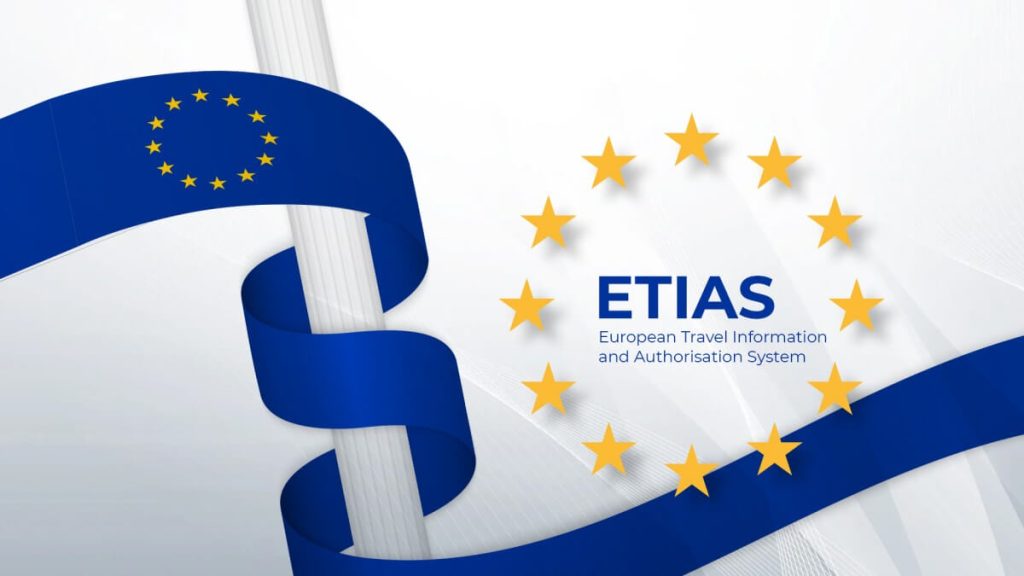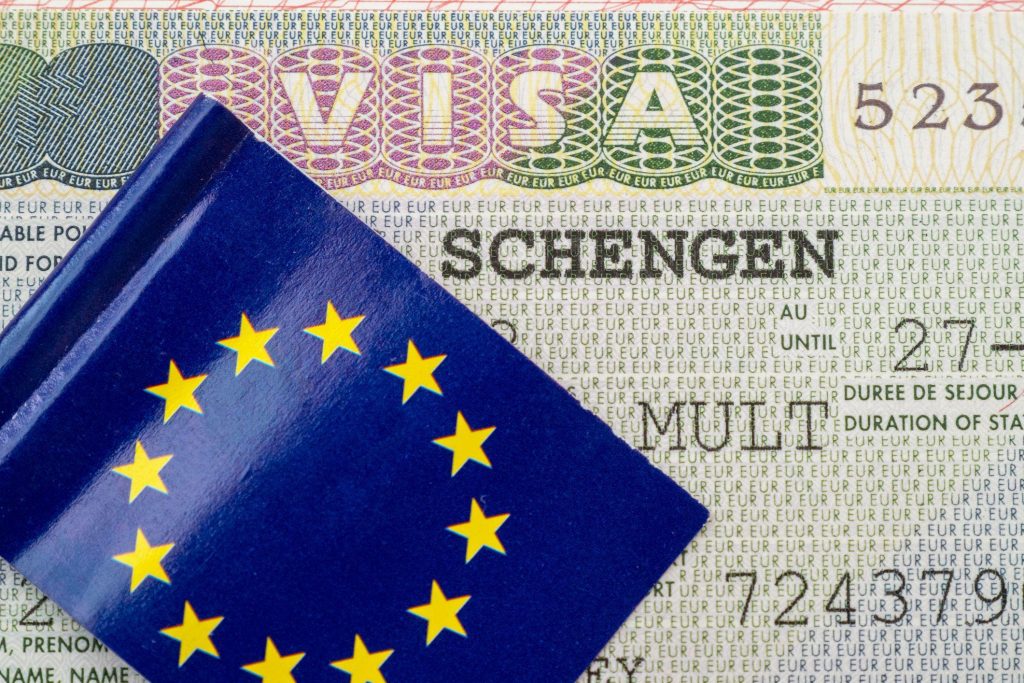Do Americans Need a Visa for Europe in 2025?
Traveling to Europe has long been a dream for many Americans, whether it’s to explore the historic streets of Rome, take in the art and architecture of Paris, or relax on the beaches of the Greek Islands. However, as travel regulations evolve, it’s essential for U.S. citizens to stay updated on entry requirements for the European Union (EU) and Schengen Area countries. As of 2025, one significant change is coming into effect: the implementation of the European Travel Information and Authorization System (ETIAS). While it’s not a visa in the traditional sense, it is a new requirement that travelers need to be aware of.
So, do Americans need a visa for Europe in 2025? The short answer is: No, not a traditional visa—but they will need ETIAS authorization. Let’s break down what that means and what you should know before planning your European adventure.

Understanding ETIAS: What Is It?
ETIAS stands for European Travel Information and Authorization System. It is a new electronic travel authorization system introduced by the European Union, expected to be fully implemented and enforced by mid-2025.
Similar to the U.S. ESTA (Electronic System for Travel Authorization), ETIAS is not a visa but a pre-screening process for travelers from visa-exempt countries, including the United States. Its main purpose is to enhance security across Europe by identifying potential risks or threats before travelers arrive at the borders.
Why ETIAS Is Being Introduced
Security concerns and the need for improved border management have been the driving forces behind ETIAS. The rise in global terrorism, irregular migration, and the need for more robust data-sharing systems among EU member states led to the creation of this mechanism.
Currently, Americans and citizens of over 50 other countries can travel to Europe for short stays without a visa. However, this freedom of movement also posed challenges in tracking and vetting travelers. ETIAS aims to bridge that gap by requiring a quick background check before travelers arrive, thereby allowing authorities to identify individuals who may pose a threat to public safety or health.
Which Countries Will Require ETIAS?
ETIAS will be mandatory for entry into 30 European countries, including all 27 Schengen Zone members and a few others that are not part of the EU but are closely aligned with the Schengen Area.
Here are some of the key countries that Americans will need ETIAS authorization to visit in 2025:
Schengen Area Countries: France, Germany, Italy, Spain, Greece, Netherlands, Belgium, Austria, Switzerland, Sweden, Norway, Portugal, and others.
Non-Schengen EU Countries: Bulgaria, Romania, Cyprus.
Microstates: Monaco, San Marino, and Vatican City, while not officially part of the EU or Schengen, typically follow the same travel protocols.
If your travel itinerary includes one or more of these countries, you’ll need ETIAS authorization before departure.
Do Americans Still Need a Schengen Visa?
For most short-term visits (up to 90 days in a 180-day period), Americans do not need a traditional Schengen visa. However, with the implementation of ETIAS in 2025, U.S. travelers will need to apply for and receive approval through the ETIAS system before boarding their flight to Europe.
Longer stays, work, study, or permanent relocation still require a visa and/or residency permit from the specific country, and ETIAS does not replace those requirements.

How to Apply for ETIAS
The ETIAS application process is designed to be simple, fast, and user-friendly. Here’s how it works:
Online Application: You will fill out an online form with basic personal information—name, passport details, travel plans, and background questions regarding criminal history, health status, and previous travel to conflict zones.
Pay the Fee: As of 2025, the ETIAS application fee is expected to be around €7 (about $8 USD). Travelers under 18 or over 70 will likely be exempt from the fee.
Processing Time: In most cases, the application will be processed within minutes. However, if further checks are needed, it could take up to 30 days, so applying well in advance is advised.
Receive Authorization: Once approved, ETIAS authorization is electronically linked to your passport and is valid for three years or until the passport expires, whichever comes first.
Travel with ETIAS: You must present your approved ETIAS at check-in and upon arrival in Europe. Airlines will be required to verify that passengers have valid ETIAS approval before boarding.
What Happens if You Don’t Have ETIAS?
Travelers who attempt to fly to Europe without valid ETIAS authorization will likely be denied boarding by the airline. If they do manage to reach a European entry point, border authorities can refuse entry. As the system becomes mandatory, compliance will be strictly enforced.

Exceptions and Special Cases
Dual Citizens: If you’re a dual citizen of the U.S. and an EU country, you won’t need ETIAS if you travel using your European passport.
U.S. Military or Government Personnel: Special arrangements may apply when traveling under official duty orders, but personal travel still requires ETIAS.
Transit Passengers: If you’re transiting through a Schengen airport without entering the Schengen Area, ETIAS may not be required, but this depends on the specific circumstances and airline requirements.
ETIAS vs. Schengen Visa: Key Differences
Feature ETIAS Schengen Visa
Required for U.S. Citizens Yes (from 2025) No (for stays under 90 days)
Type of Authorization Electronic travel pre-authorization Formal visa issued by a consulate
Application Method Online In-person at consulate
Processing Time Usually minutes Several weeks
Validity 3 years Usually up to 90 days per trip
Cost €7 Varies (€80+ typical for visa)

Final Thoughts: Be Prepared, Not Surprised
The good news is that Americans will still be able to visit Europe without the hassle of a traditional visa for short trips. However, the requirement for ETIAS authorization starting in 2025 is a critical development that all travelers need to take seriously.
The system is not intended to make travel harder, but to make it safer and more organized. By applying for ETIAS in advance, you’ll avoid last-minute surprises at the airport and ensure a smooth journey to Europe.
So if you’re dreaming of sipping wine in Tuscany, hiking the Alps, or exploring Prague’s Old Town next year, take a few minutes to get your ETIAS authorization—and then focus on the fun parts of planning your trip.
Quick Recap: What You Need to Know
No visa required for short stays (under 90 days).
ETIAS authorization is mandatory starting in 2025.
Apply online, pay €7, and get approval linked to your passport.
Valid for 3 years or until your passport expires.
Applies to 30 countries, including all Schengen members.
Start your application early, double-check your passport’s validity, and enjoy Europe with peace of mind. Bon voyage!












